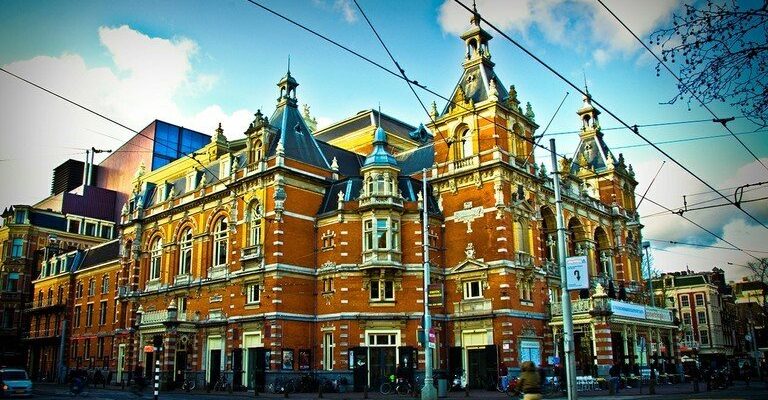Hermitage Amsterdam
Hermitage Amsterdam is a branch of the world-famous State Hermitage Museum in St. Petersburg. The exhibition center is located in the historic part of Amsterdam on the banks of the Amstel River in the ancient building “Amstelhof”. Hermitage Amsterdam gives an opportunity to touch the art, history and culture of Russia in Europe. Exhibition activity abroad not only raises the prestige of the museum, but also provides it with financial support: part of the proceeds goes to St. Petersburg.
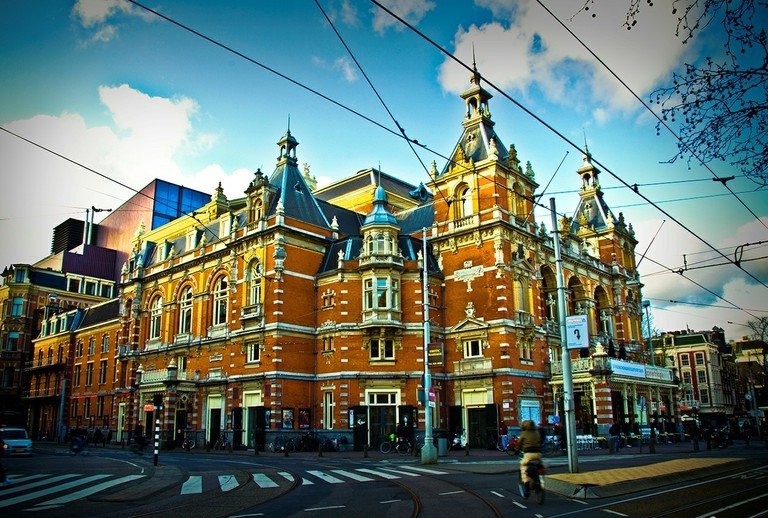
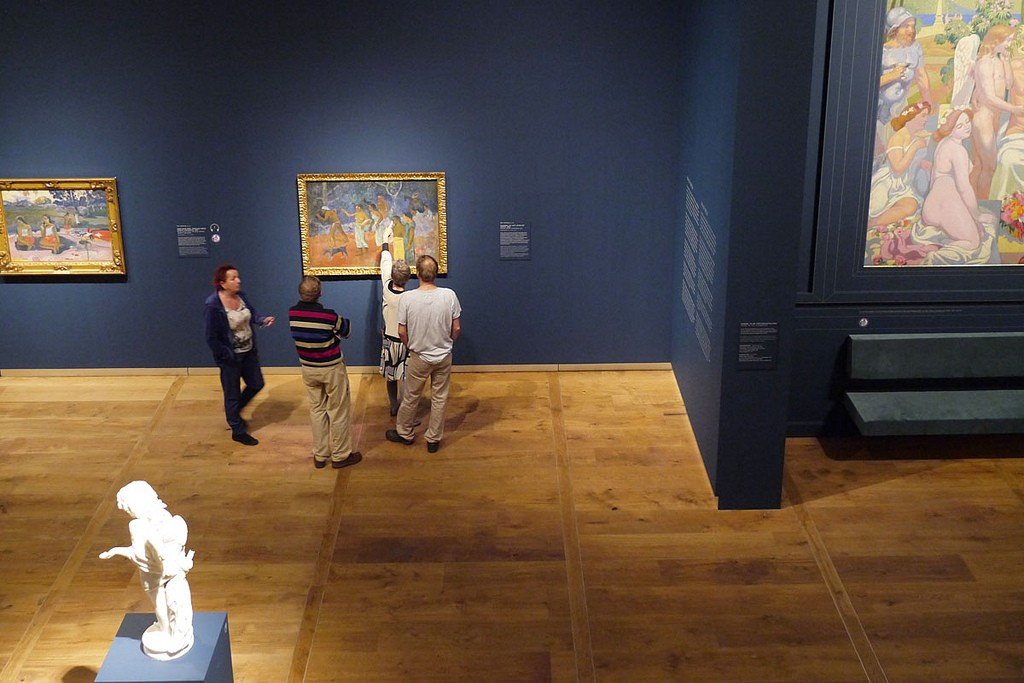
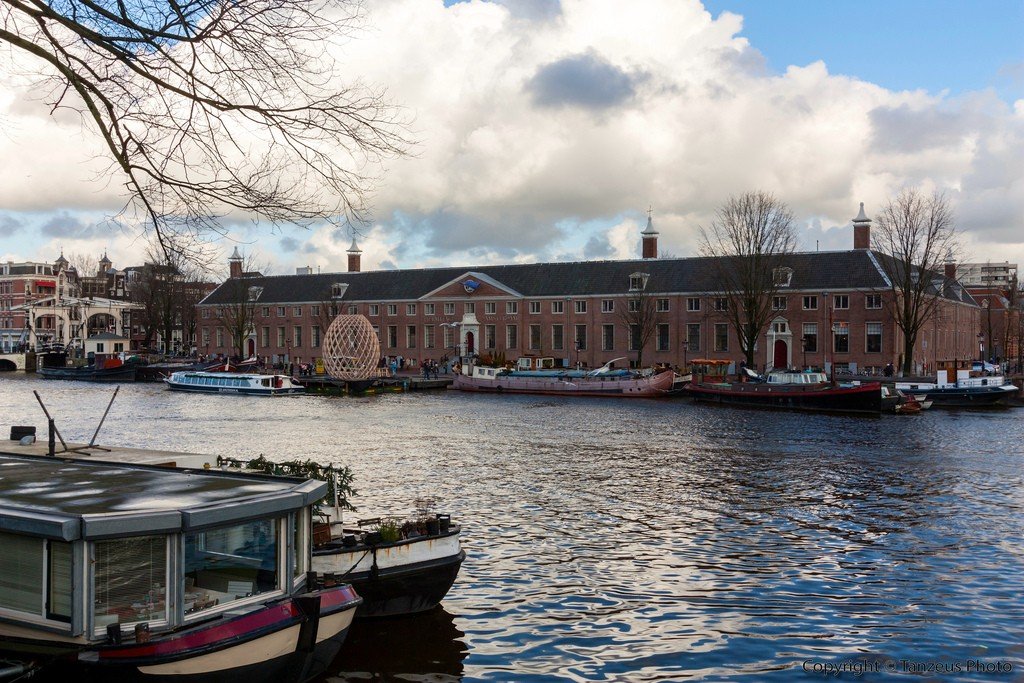
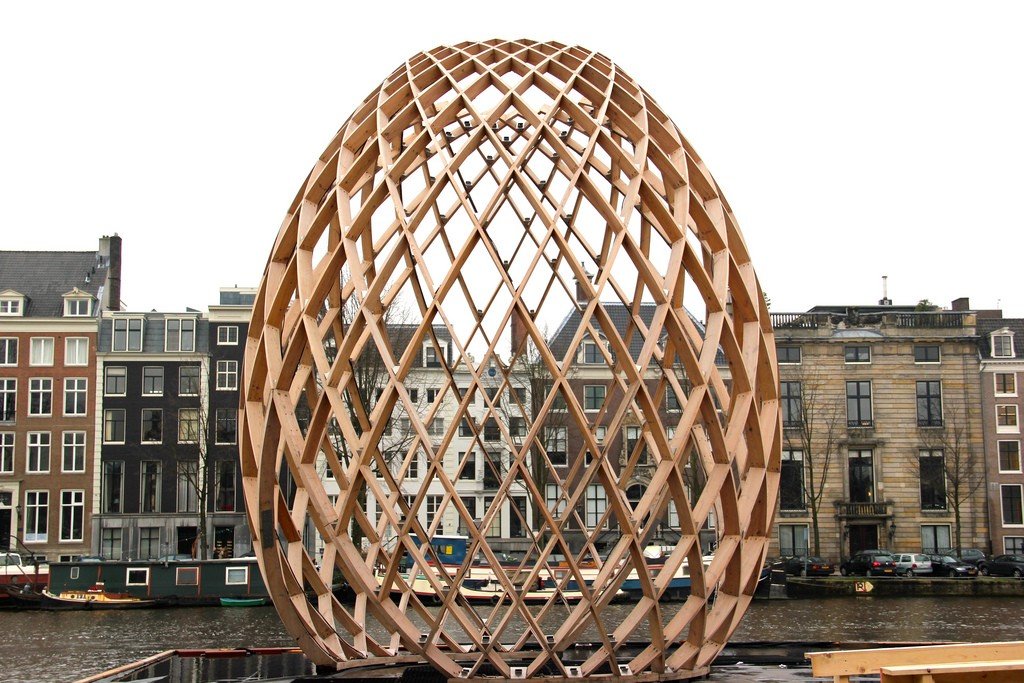
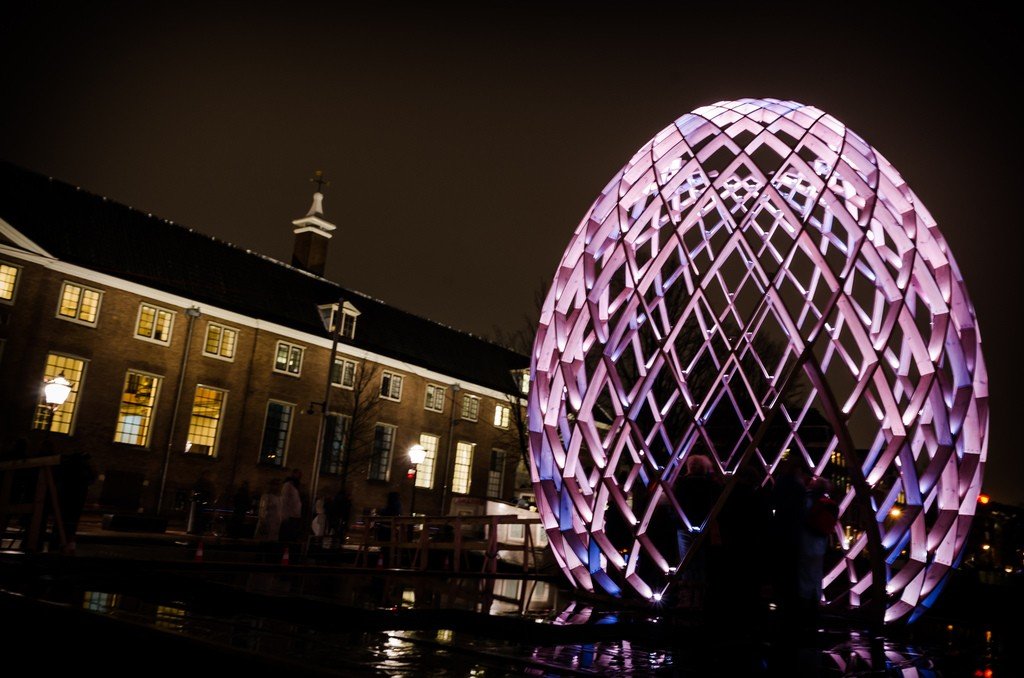
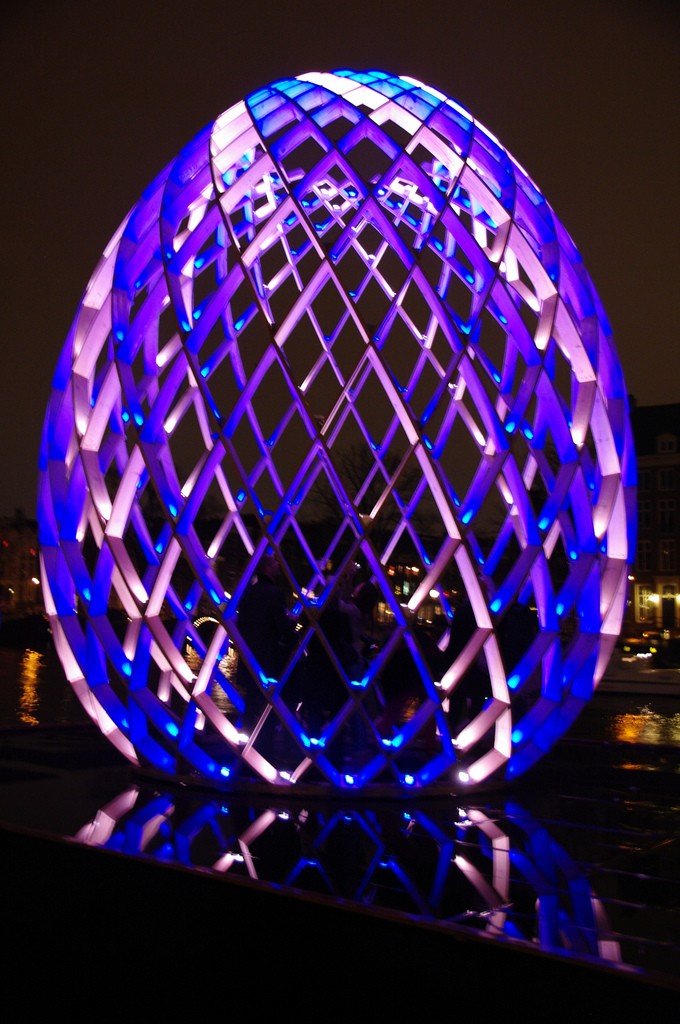
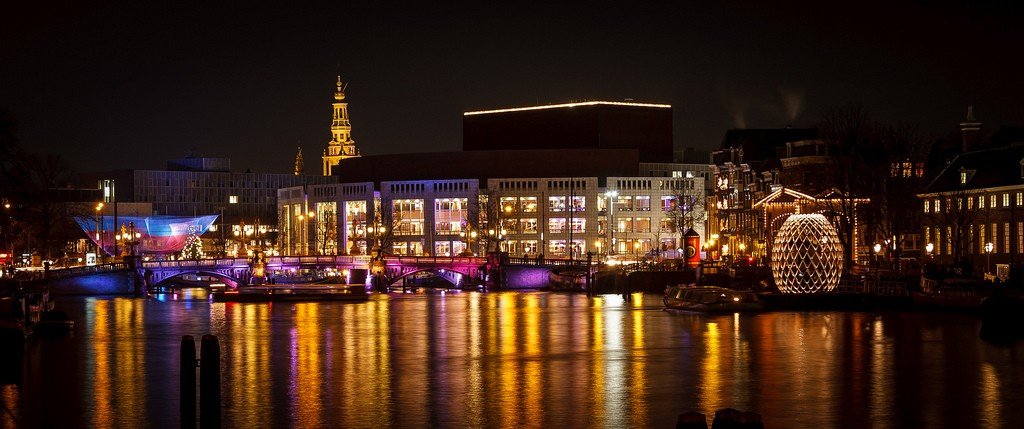
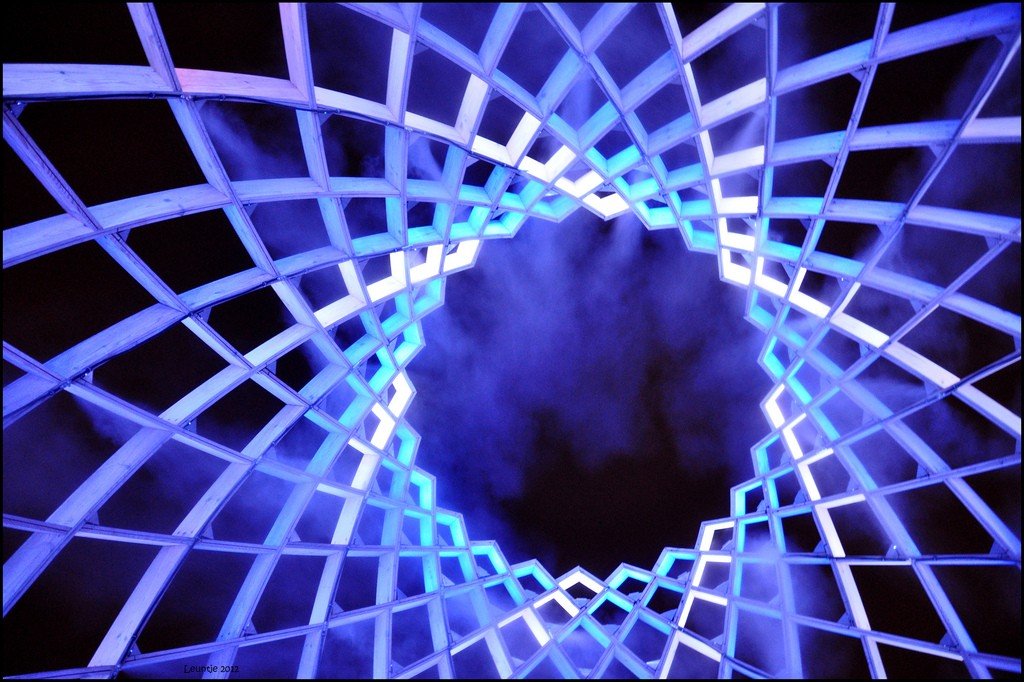
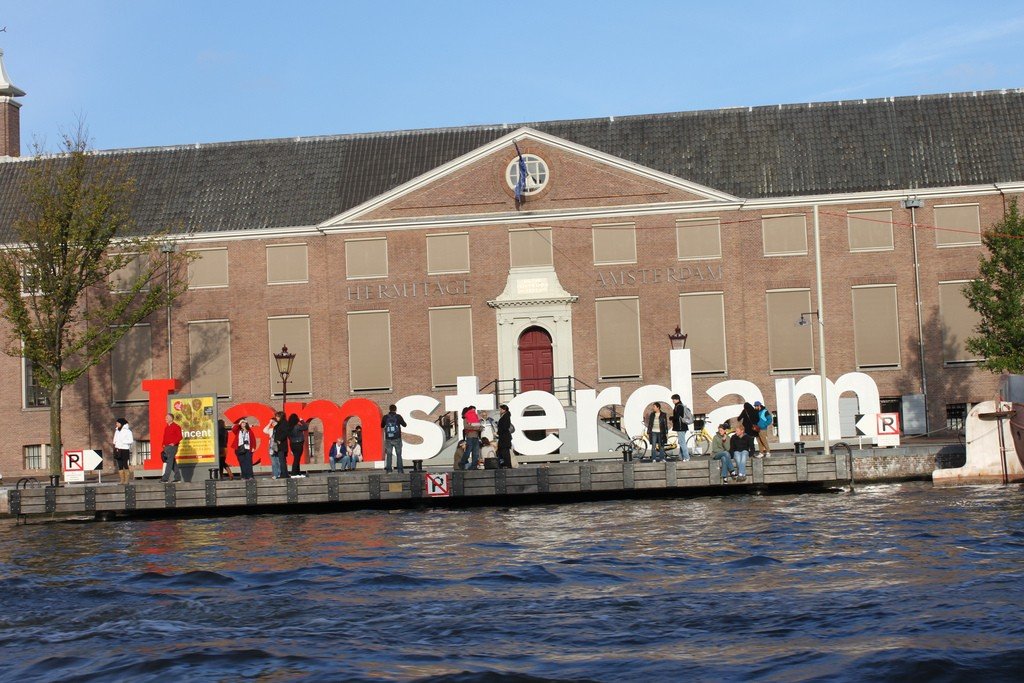
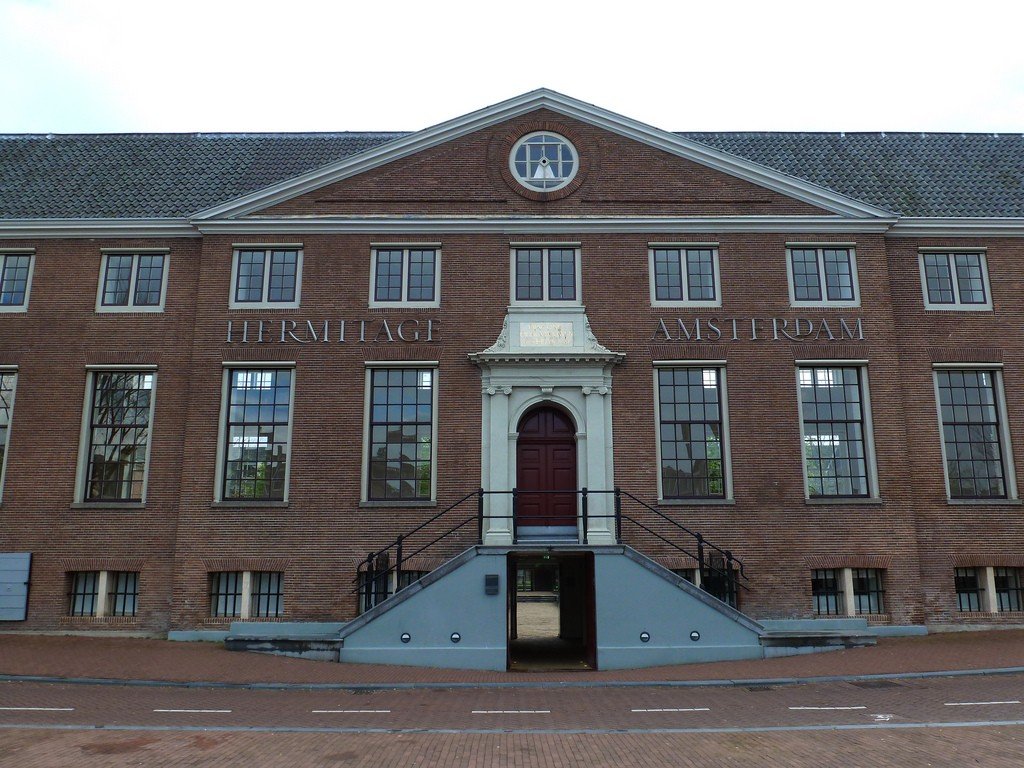
Background
To support the funding of the Hermitage’s huge collection in St. Petersburg, several units were opened in other countries. After London (The Hermitage Rooms at Somerset House, opened in 2000 and closed in 2007) and Las Vegas (The Guggenheim Museum, opened in 2001 and closed in 2008), the choice fell on Amsterdam, which is quite logical, as the founder of St. Petersburg, Tsar Peter, had visited Amsterdam and generally loved the Netherlands, and in the 19th century the future Dutch King Willem II married Paul I’s daughter Anna.
>Hermitage Amsterdam today is 4,000 square meters of exhibition space, but without its own collection – only exhibits from the vaults of the St. Petersburg Hermitage are to make up the composition. The museum organizes temporary exhibitions lasting from four months to two years. The initiator of the project and director of the Hermitage Amsterdam is Ernst W. Veen.
From the price of the entrance ticket, one euro goes back to the St. Petersburg Hermitage. The entrance ticket for exhibitions held after the museum opened cost 15 euros each.
.
Museum building
The characteristic Classicist facade of the Amstelhof stretches along the Amstel River for 10 meters: in 1683 it became the longest facade in the city. It is possible that Peter the Great also saw or even visited it when it was already occupied by guests. The appearance of the building is quite simple and symmetrical: the main front entrance on the river side is false (and always was). Below it are the “Ossenpoort” – the “Cattle Gate”. In the Middle Ages, this was the entrance for traders, and through this door food was delivered in barrels and cauldrons and cattle were brought into the courtyard. Today this door is the entrance to the Hermitage.
.The main room of the whole complex was the Church Hall. Here services were held, and here the orphanage residents ate all together at long tables three times a day. Interestingly, in fact, until the 20th century this hall remained the second largest in the city after the Burghers’ Hall in the Town Hall building on Dam Square. Accordingly, various events were periodically held here – including receptions of important guests such as members of the Dutch royal family.
.
Today, after the renovation of 2007-2009, the Amstelhof building looks exactly as it did in 1683.
But this only applies to the exterior. Not much remains of the original 17th-century interior, but this had its advantages: modern architects were given full carte blanche. As a result, nowadays the museum turns out to be three times more spacious and brighter than one can assume when looking at it from the outside. Part of the walls and ceilings were removed to create two spacious exhibition wings. While one collection is exhibited in one wing, another is being prepared in the second wing – and vice versa.The church hall, restored to all its former grandeur, is located in the center of the Amstel wing. The hall is still used today for ceremonial receptions.
>
The entire infrastructure of the modern museum is complemented by a learning center, classrooms, two museum stores and the Neva restaurant with terrace. A significant part of the building is dedicated to children’s circles. All this cost more than 40 million euros. This renovation, unlike many of Amsterdam’s other major projects, was done on budget and finished on schedule.
.Exhibitions
The branch has no collections of its own and displays exhibits from the collection or storerooms of the St. Petersburg Hermitage. All objects make the long journey from Northern Palmyra: first by truck to Finland, then by sea to Germany and finally by land to Amsterdam. Usually two thematic temporary exhibitions are opened each year, lasting from a few months to two years.
The range of topics covered is strikingly diverse. In the period before the renovation, the exhibitions “Greek Gold”, “Venetian Painting of the 18th Century”, “Pilgrim Treasures: Byzantium-Jerusalem” and “Persian Art and Culture” were held. There were also exhibitions about collectors among the Russian nobility and the family of the last Russian emperor.
The first significant exhibition of the newly opened branch was devoted to the Russian imperial court. Visitors were able to get a closer look at the everyday life of the Russian tsars: everyday and ceremonial clothes and jewelry, personal belongings, portraits, religious items and applied art. In addition, the events of the last years of the Russian Empire were highlighted: the accession of Nicholas II to the throne, the activities of the government and the Ministry of the Imperial Court, and the seizure of the Winter Palace by the Bolsheviks.
Continuing to familiarize visitors with the major figures of Russian history, the Hermitage presented the exhibitions “Alexander the Great” and “Peter the Great” and plans to develop the theme in the exhibitions “Russia before Peter the Great” and “Tsar Alexander I and Napoleon.”
.Art exhibitions featuring paintings from the collection of the St. Petersburg Hermitage successfully started with the exposition “From Matisse to Malevich. Familiarization with Russian culture continued with the exhibitions “Art of the Orthodox Church”, “Art of the East” and “Origins of Contemporary Art”. In addition, the Hermitage branch became a guest venue for the traveling exhibition “Impressionism: Sensation and Inspiration”, dedicated to the work of the French Impressionists and their predecessors. Since September 2012, visitors to the branch can also see a significant part of the Van Gogh Museum’s collection, which has been closed for renovation: 75 paintings, pencil drawings and selected letters.
The Hermitage branch in Amsterdam has become very popular among European tourists who have a unique chance to see the masterpieces of one of the richest museums in the world.
.Practical information
The museum is a 5-minute walk from Waterlooplein Square upstream of the Amstel, on the left bank, just after the bridge. The Waterlooplein stop can be reached from the central station by streetcar 9 or from the city center by metro lines 51, 53 and 54.
.
The museum is open to the public daily from 10am to 5pm. The museum’s library is open on Wednesdays and weekends. Ticket prices vary depending on the current exhibition, with an average price of € 15 for adults and teenagers over 17 years old. Children under 17 and Museum Card or iAmsterdam Card holders are admitted free of charge. You can enter the Neva restaurant without a ticket..You can also purchase an audio guide for €4 and learn more about the history of Amstelhof and the historical relationship between Russia and Holland.
.Address: Amstel 51, Amsterdam, Netherlands
.